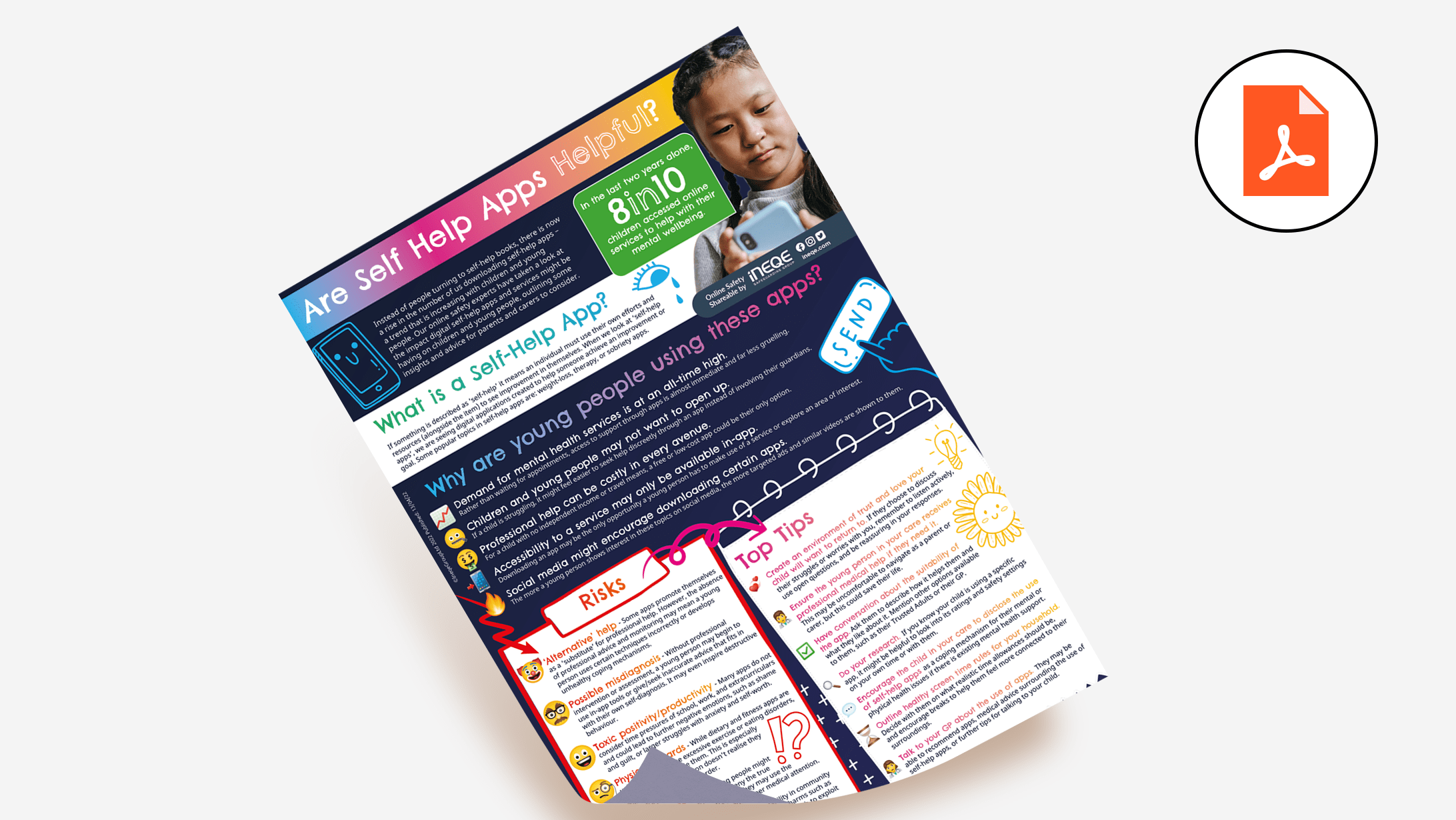Last Updated on 26th September 2023
There seems to be ‘an app for everything’ now. With the simple push of a button, we can now order our groceries, listen to an entire album, play complex videogames… The list is endless. It makes sense that some companies have begun to try and use this technology to help us help ourselves. Instead of people turning to self-help books, there is now a rise in the number of us downloading self-help apps – a trend that is increasing with children and young people.
In the last two years alone, 8 in 10 children accessed online services to help with their mental wellbeing. Our online safety experts have taken a look at the impact digital self-help apps and services might be having on children and young people, outlining some insights and advice for parents and carers to consider.
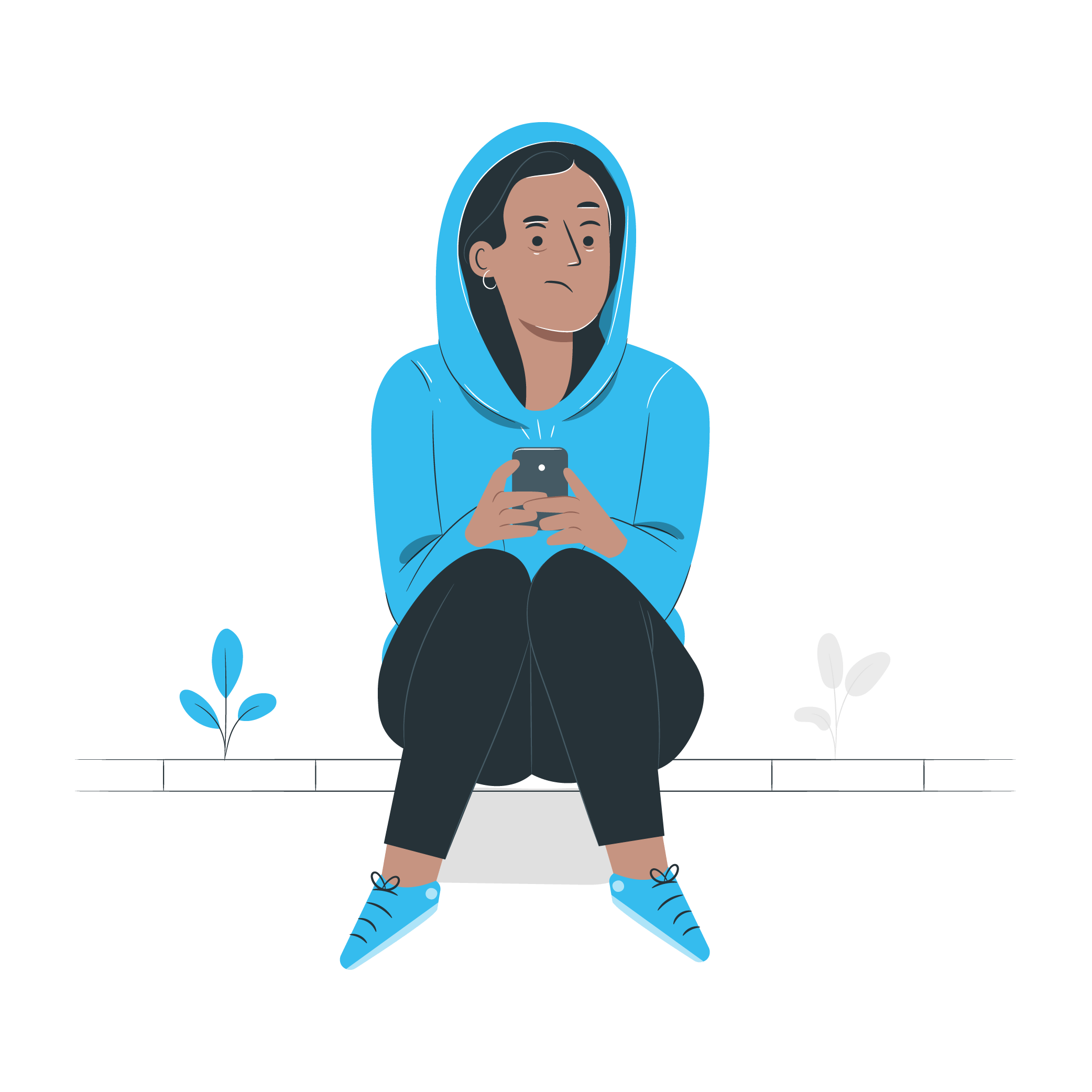
Why are young people using these apps?
Children and young people are often the first to become aware of – and use – the latest apps available online. With endless services available in an instant and influencers promoting a new app every day, there are many reasons a child or young person might want to access these apps.
- Demand for mental health services is at an all-time high.
An escalation in mental health issues and chronic under funding has led to an increase of referrals and wait times for services. The NHS has said less than one third of children and young people needing help in the UK are able to get it. In comparison to this waiting game, access to support through apps is almost immediate and far less gruelling. - Children and young people may not want to open up.
Almost two thirds of UK children and young people say they rarely or never speak to their parents or carers about their mental health. They may not know how to start the conversation, or may not want to be a burden. If a child is struggling, it might feel easier to seek help discreetly through an app instead of involving their guardians. - Professional help can be costly in every avenue.
According to Bark, the average price of one therapy session is £45. A stand-alone private appointment could be upwards of £360. Gym memberships, support group materials, and even travel costs are other examples of expenses that could apply to users. For a child with no independent income or travel means, a free or low-cost app could be their only option. - Accessibility to a service may only be available in-app.
There are many apps that cover very specific interests, such as learning another language or practicing a form of meditation. If a young person is lacking in the opportunity to make use of a service or explore an area of interest for whatever reason, downloading an app – especially if it’s well reviewed – could give them access they don’t have otherwise. - Influencers might encourage downloading certain apps.
Many social media influencers often promote specific apps that ‘help them live their best lives’ in the way of physical and mental health. This becomes part of the culture surrounding the topic through the use of hashtags (e.g. #mentalhealth). The more a young person shows interest in these topics, the more targeted ads and similar videos are shown to them.
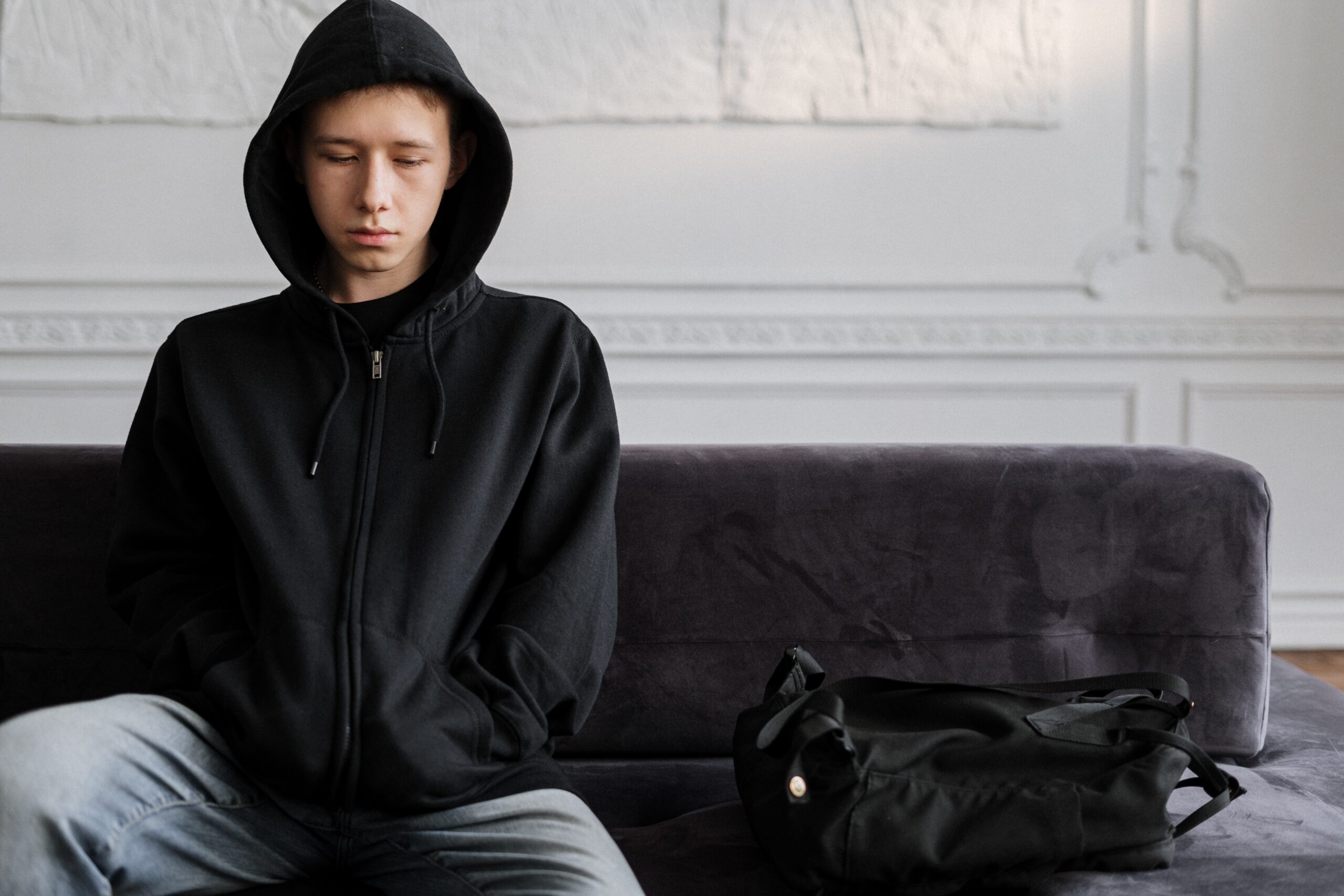
Are self-help apps helpful?
They can be. There are many good mental and physical health habits that can be encouraged in the app material, such as practicing mindfulness and daily exercise. A young person might feel more motivated with the peer support some of these apps provide through chatrooms and forums. Some apps (especially those dealing with sobriety and self-harm) may even help stop dangerous habits.
It’s important that a child or young person is never dissuaded from seeking help or support services, but getting the right help is vital. Online support should be used alongside professional services and considered on a person-by-person basis. These apps may be beneficial to a young person with a healthy understanding of their emotions and situation, but could be harmful if used by someone with low self-confidence or worth who might see the apps as a way to ‘fix’ themselves.
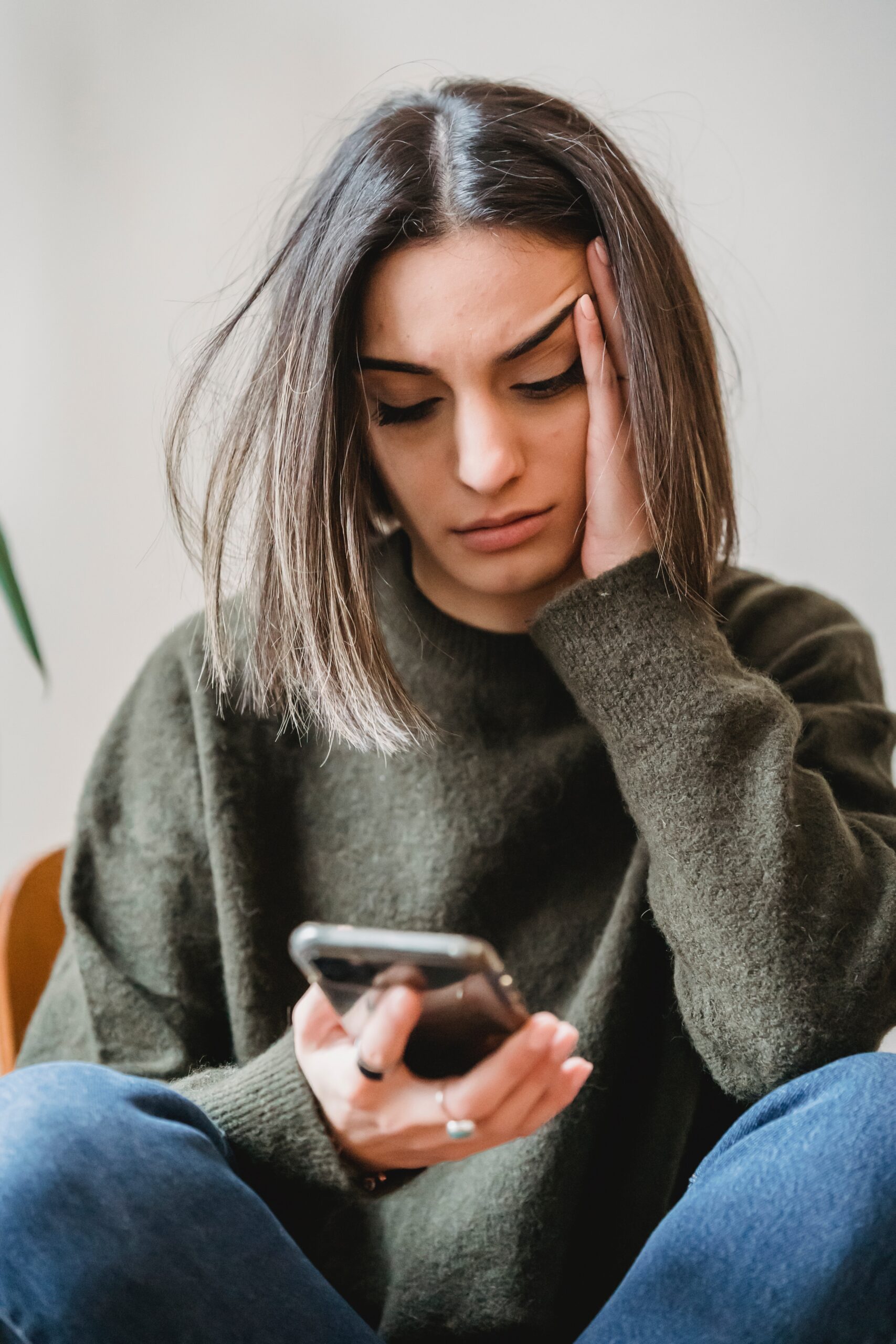
Are self-help apps dangerous?
While these self-help apps are not inherently dangerous, they can be misused by those struggling, especially if they are not seeking other forms of help. There are many trends prevalently tied to some of these apps (especially ones surrounding mental and physical wellbeing) that could be harmful for vulnerable children and young people.
If the self-help app uses AI (artificial intelligence) to communicate with the user, the impersonal reactions could make a young person feel even more isolated or misunderstood. Peer support might also end up encouraging further harmful behaviour through triggering comments or progress comparison (e.g. One user has reached their ‘goal weight’ faster than another, even though they are doing the exact same things. This could make the user feel worse about themselves and hopeless to ever reaching their target).
Toxic positivity (the dismissal of negative feelings) and toxic productivity (an unhealthy desire to be productive at all times) are common themes that many of these apps and their users employ to try and be ‘encouraging’. If a child is having a difficult or busy day that does not allow them to accomplish their ‘goal’, they may receive a multiple push notifications to remind them to finish (e.g. You’ve only completed 75% of your step goal for the day! Don’t give up!) or receive a ‘red mark’ or ‘missed day’ penalty in the app itself. While this is done to try and motivate, it could cause a spiralling moment if there are more serious mental or physical issues at play. It could also lead to a reliance on the app, a fixation on continuous ‘self-improvement’, and even unrealistic goals being set.
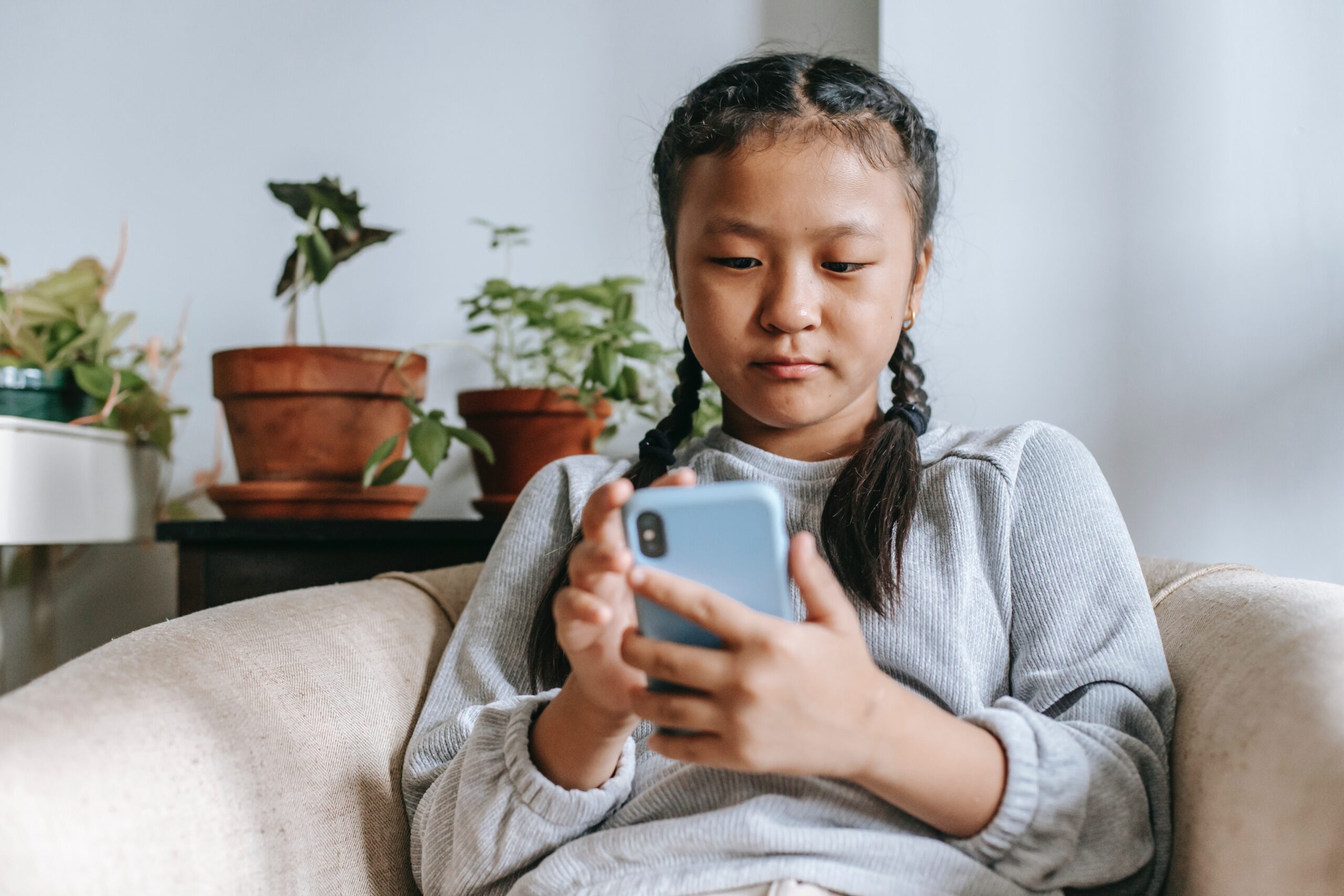
Risks
Join our Online Safeguarding Hub Newsletter Network
Members of our network receive weekly updates on the trends, risks and threats to children and young people online.


